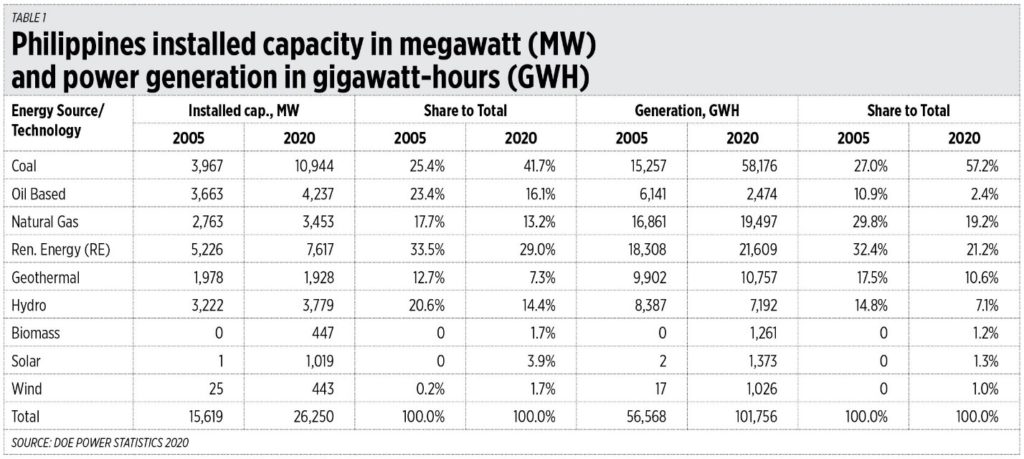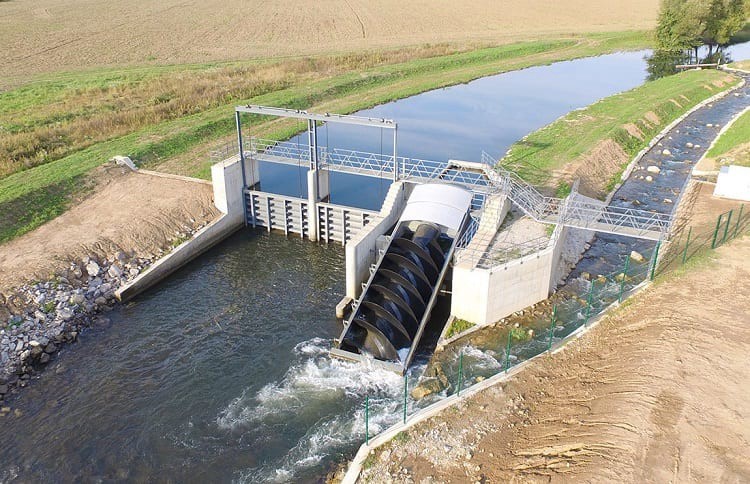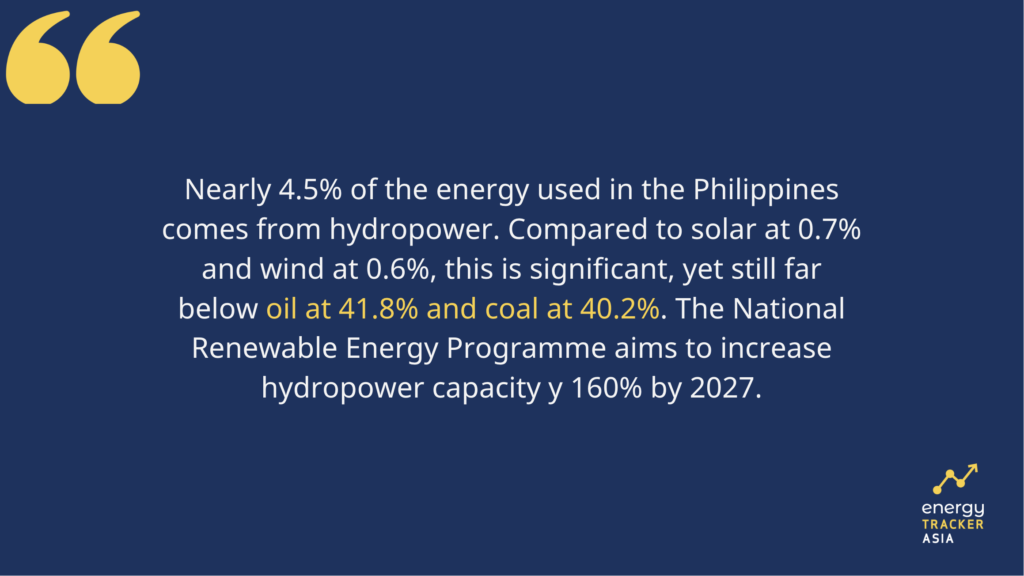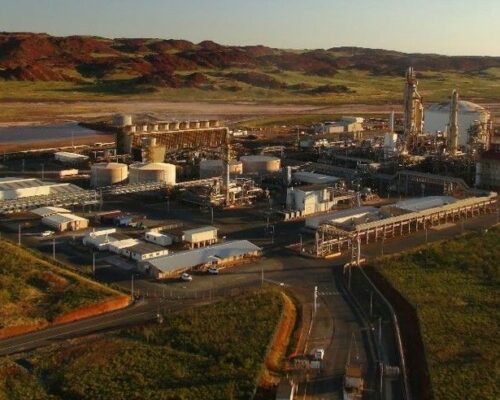Hydropower in the Philippines – Role and Future
Photo by Evgeny V via ShutterStock
11 June 2024 – by Eric Koons
When most people consider renewable energy in the Philippines and sustainable development, they think about solar. But, hydropower in the Philippines has massive potential. Even more importantly, the Philippines already has existing hydropower facilities within its energy infrastructure.
Existing Hydro Capacity
In 2021, nearly 4.5% of the energy used in the Philippines came from hydropower. Compared to solar at 0.7% and wind at 0.6%, this is significant, yet still far below oil at 41.8% and coal at 40.2%. However, the share of renewable energy in the Philippines will steadily increase over the next two decades as the country strives to meet its National Renewable Energy Program target of over 20 GW by 2040. This program aims to increase hydropower installed capacity by 160% by 2027.

Hydropower Plants in the Philippines – Location
One reason hydropower has so much potential in the Philippines is that it is a wet country with a wide range of terrain. This environment provides multiple avenues to apply hydropower development technology – in dams or rivers. As of 2019, river-based hydroelectric systems accounted for 566 MW of hydroelectric power generation. Alternatively, dam plants accounted for 3,135 MW. This total of 3,701 MW of electricity is only 17% of the country’s estimated hydropower potential.
In general, small hydroelectric facilities generating electricity less than 10 MW are found evenly distributed across the nation. Finding suitable locations for a small hydropower project is much easier and cheaper than the larger alternatives. The Philippine government is embracing these small hydro power projects as a viable way to provide reliable power to rural communities as part of microgrids.

Alternatively, only 24 large hydroelectric plants generate more than 10 MW of electricity. Development, construction and installation of these facilities can be costly, requiring the creation of large reservoirs with dams to be viable. Even though large hydroelectric plants only account for 34% of all hydroelectric facilities, they generate close to 96% of the country’s hydroelectric power.
What Are the Large Hydroelectric Power Plants in the Philippines?
Knowing which hydropower project is producing the most energy at any given time is challenging. However, there are several sizable facilities that are larger than most hydro plants in the country:
- Magat Hydro Plant in Luzon has a capacity of 360 MW.
- Angat Hydropower Plant in Luzon has a capacity of 218 MW and supplies Manila with 90% of its fresh water.
- Agus VI Hydroelectric Plant in Mindanao has a capacity of 200 MW and has been online for over 50 years.
Based on rainfall, changing weather patterns, design and sedimentation, the efficiency of each of these facilities varies yearly. However, they each play a vital role in the regions where they are located and supply power to local communities.
Solar Energy in the Philippines – Current State and Future
Read moreWhat Is the Future of Hydroelectric Power in the Philippines?
The future of hydropower in the Philippines looks promising, with great development opportunities. From lucrative feed-in-tariffs to a rapidly growing economy and untapped water resources, we expect hydropower generation to climb over the next several decades.
Hydropower Development for Economic Growth
In recent years, the Department of Energy (DOE) approved over 450 new hydro projects across the country, totalling 13.5 GW of energy. This includes a new 350 MW hydroelectric plant and a 240 MW pumped storage facility.

This growth is partially due to the government incentivising existing local energy companies but also because the climate for foreign investment is improving. In 2020, the Philippine government announced it would allow full foreign ownership of some types of renewable energy facilities, including large-scale hydro. This drives countries with extensive experience in implementing hydropower facilities, like China, towards the Philippine market. It is good for national economic growth.
Hydropower in the Philippines’ Energy Mix
Undoubtedly, hydropower will play a dominant role in the Philippines’ renewable energy development plans. However, hydropower alone is insufficient to reach the country’s target of 35% energy generation from renewables by 2030. Additionally, an overhaul of the existing grid is needed to develop the backbone for the country’s future energy system.
This goal requires a combination of renewable energy technologies that are strategically applied in areas that facilitate efficient generation. Investment in the energy sector is crucial to making this happen, and the Philippines’ DOE estimates this will require over USD 121 billion by 2040.
Initial projections make this goal look attainable. However, 2040 is a long way away, and energy investment is a long-term process. The Philippine government will need to keep on track and continually improve the environment for renewable energy investment in the coming years.

by Eric Koons
Eric is a passionate environmental advocate that believes renewable energy is a key piece in meeting the world’s growing energy demands. He received an environmental science degree from the University of California and has worked to promote environmentally and socially sustainable practices since. Eric’s expertise extends across the environmental field, yet he maintains a strong focus on renewable energy. His work has been featured by leading environmental organizations, such as World Resources Institute and Hitachi ABB Power Grids.
Read more






